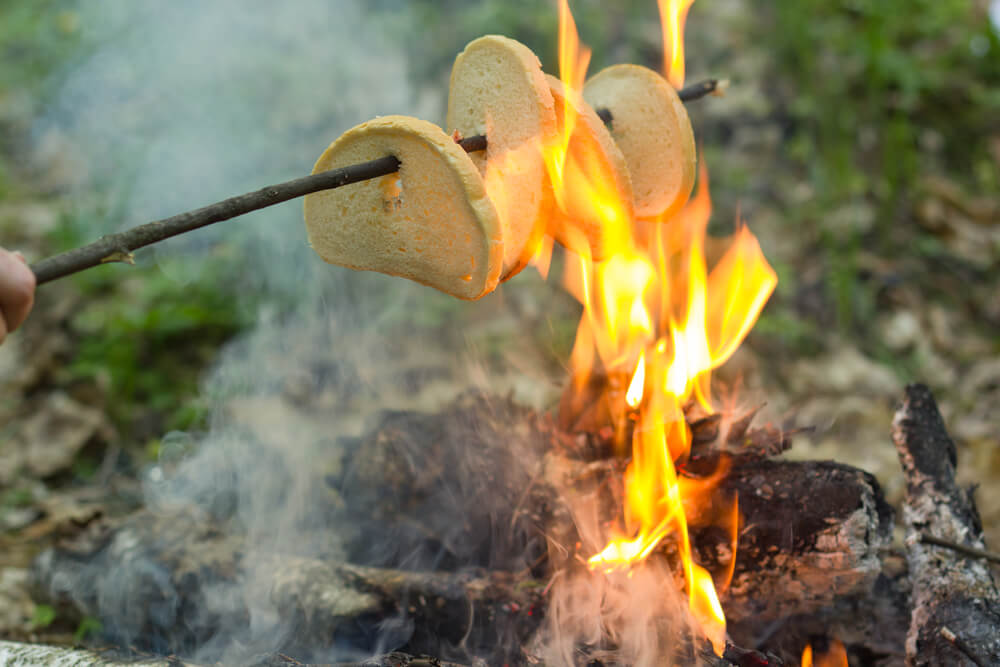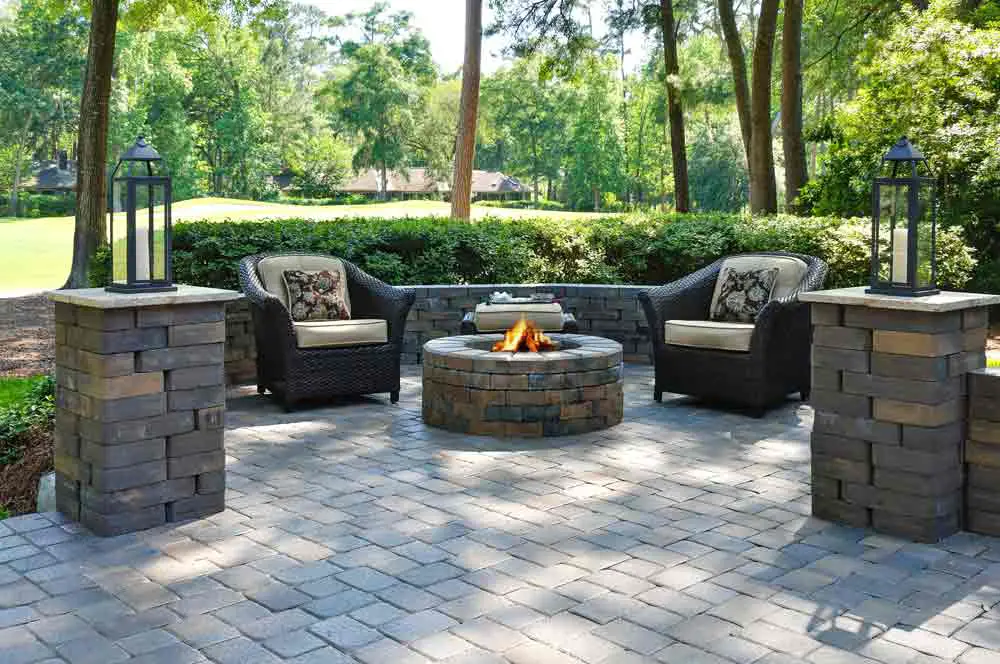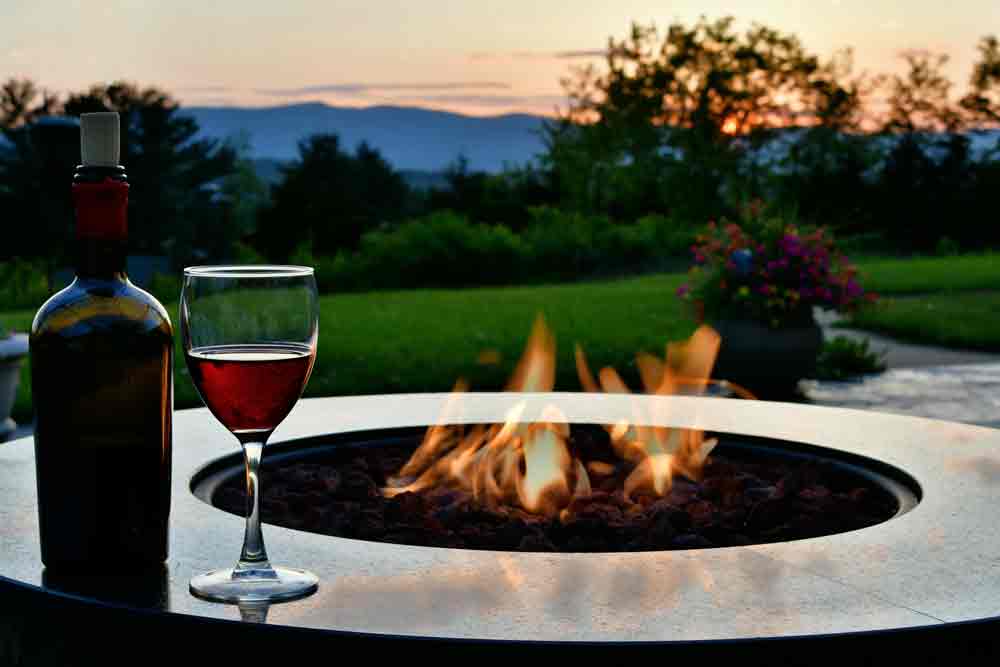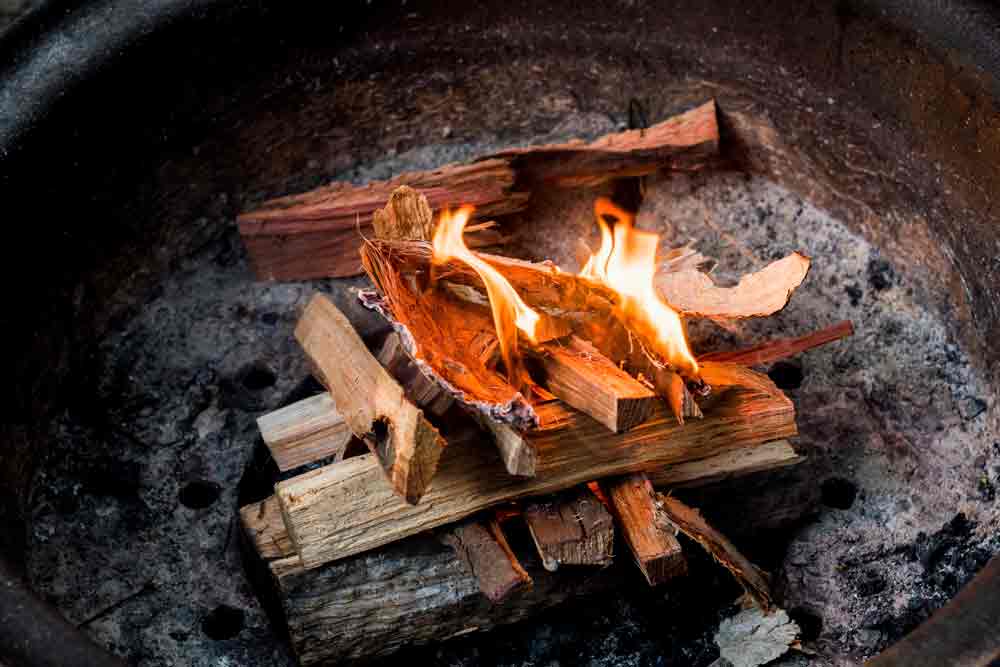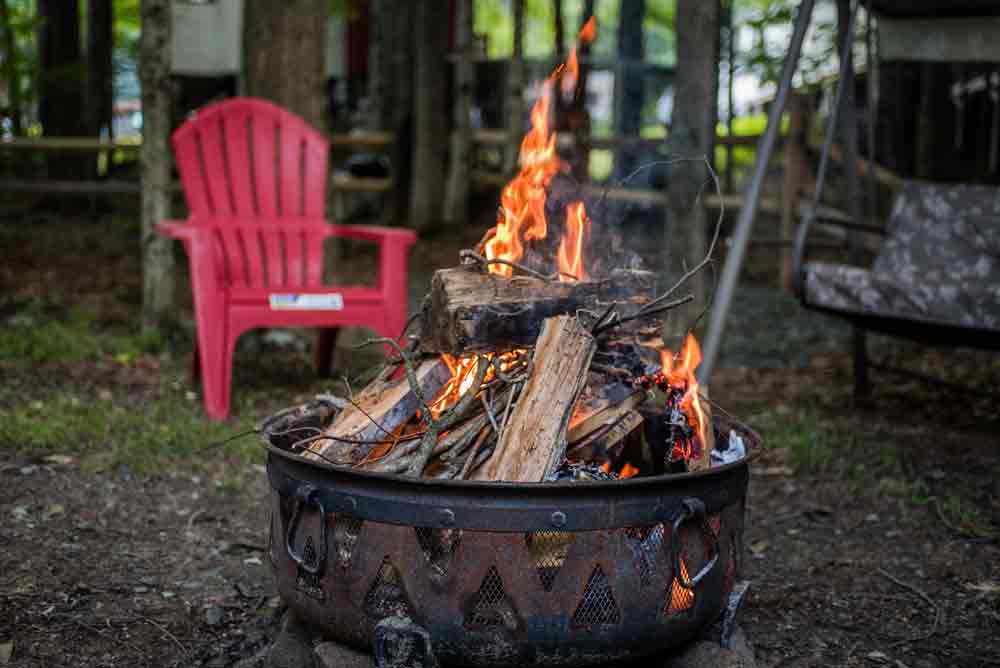Most fire pits will reach temperatures between 600 and 1,200 degrees Fahrenheit. The exact temperature will depend on the size of the fire pit, the type of fuel being burned, and how much air is circulating.
Fire pits provide a fun and easy way to enjoy the outdoors. They can be used to heat up cool nights or to roast marshmallows. The temperature of your fire pit will depend on the type of fire pit you have and the type of fuel you are using.
Wood-Burning Fire Pits:
Most burning wood fire pits will reach a Fire Pit Temperature of 600 to 1,200 degrees Fahrenheit. The amount of radiant heat they generate will depend on the type of wood being burned, the size of the fire pit, and how much air is circulating. Wood burns fire pits typically have a BTU rating of 60,000 to 140,000 BTUs.
Pros:
Wood-burning fire pits are typically the least expensive type of fire pit. They also provide a nice, warm heat.
Cons:
Wood-burning fire pits may produce a significant amount of smoke. They can also be difficult to start and tend to smolder.
Gas-Burning Fire Pits:
Gas fire pit reach a higher temperature than wood-burning fire pits. The average temperature for a gas-burning fire pit is 1,500 degrees Fahrenheit. However, some fire pits can reach temperatures of up to 3,000 degrees Fahrenheit. Gas-burning fire pits typically have a BTU rating of 30,000 to 60,000 BTUs.
Pros:
Gas-burning fire pits are easy to start and provide a lot of heat. They also produce very little smoke.
Cons:
Gas-burning fire pits can be more expensive than wood-burning fire pits. They also require a source of fuel, which can be difficult to find in some areas.
Propane-Burning Fire Pits:
Propane Fire Pits capable a temperature of 1,500 degrees Fahrenheit. The amount of heat they generate will depend on the size of the fire pit and how much air is circulating. Propane-burning fire pits typically have a BTU rating of 30,000 to 60,000 BTUs.
Pros:
Propane-burning fire pits are easy to start and provide a lot of heat. They also produce very little smoke.
Cons:
Propane-burning fire pits can be more expensive than wood-burning fire pits. They also require a source of fuel, which can be difficult to find in some areas.
Bioethanol-Burning Fire Pits:
Bioethanol-burning fire pits reach a temperature of 1,800 degrees Fahrenheit. The amount of heat they generate will depend on the size of the fire pit and how much air is circulating. Bioethanol-burning fire pits typically have a BTU rating of 40,000 to 80,000 BTUs.
Pros:
Bioethanol-burning fire pits are easy to start and provide a lot of heat. They also produce very little smoke.
Cons:
Bioethanol-burning fire pits can be more expensive than wood-burning fire pits. They also require a source of fuel, which can be difficult to find in some areas.
Natural Gas-Burning Fire Pits:
Natural gas-burning fire pits also reach a temperature of 1,500 degrees Fahrenheit. The amount of heat they generate will depend on the size of the fire pit and how much air is circulating.
Pros:
Natural gas-burning fire pits are easy to start and provide a lot of heat. They also produce very little smoke.
Cons:
Natural gas-burning fire pits can be more expensive than wood-burning fire pits. They also require a source of fuel, which can be difficult to find in some areas.
Electric Fire Pits:
Electric fire pits reach a temperature of 1,200 degrees Fahrenheit. The amount of heat they generate will depend on the size of the fire pit and how much air is circulating. Electric fire pits typically have a BTU rating of 9,000 to 12,000 BTUs.
Pros:
Electric fire pits are easy to start and provide a lot of heat. They also produce very little smoke.
Cons:
Electric fire pits can be more expensive than wood-burning fire pits. They also require a source of electricity, which can be difficult to find in some areas.
How to Increase the Temperature of Your Fire Pit
There are a few things you can do to increase the temperature of your fire pit:
- Use dry, seasoned wood. Wet wood will produce less heat and more smoke.
- Add more wood to the fire. This will increase the amount of heat being generated.
- Use a gas-burning fire pit. Gas-burning fire pits reach higher temperatures than wood-burning fire pits.
- Use a propane-burning fire pit. Propane-burning fire pits also reach high temperatures.
- Use a bioethanol-burning fire pit. Bioethanol-burning fire pits reach the highest temperatures of any type of fire pit.
- Use a natural gas-burning fire pit. Natural gas-burning fire pits also reach high temperatures.
How to Use an Outdoor Pit Fire Safely
If you’re using an outdoor fire pit, there are a few safety tips to keep in mind:
- Keep the fire pit at least 10 feet away from buildings.
- Avoid using any flammable liquids to start or maintain the fire.
- Do not throw any combustible materials into the fire pit.
- Use a fire pit screen to protect people and pets from sparks and embers.
- Keep a water or sand bucket handy in case of an emergency.
- Before leaving the area, be sure the fire is completely out.
- Do not allow children to play near the fire pit.
- Always wear gloves when handling hot coals.
- Follow the manufacturer’s instructions for your specific fire pit.
What is a BTU?
BTU stands for British Thermal Unit. It is a unit of measurement that is used to calculate the amount of heat being produced by a fire.
What Kinds of Fire Pits Get Hotter
Gas-burning fire pits and propane-burning fire pits get hotter than wood-burning fire pits. Bioethanol-burning fire pits get the hottest of all.
What’s the Difference Between a Fire Ring and A Fire Pit
A fire ring is a circular piece of metal that goes around the perimeter of the fire pit. It helps to contain the fire and prevent it from spreading. A fire pit does not have a fire ring.
What’s the Difference Between a Fire Table and A Fire Pit
A fire table is a type of fire pit that is designed to be used as a piece of furniture. It has legs and a tabletop, and it can be used to serve food or drinks. A fire pit is a standalone structure that is not designed to be used as a piece of furniture.
Conclusion
There are a few things you can do to increase the temperature of your fire pit. You can use dry, seasoned wood, add more wood to the fire, use a gas-burning fire pit, or use a propane-burning fire pit. You should also follow the manufacturer’s instructions for your specific fire pit.

